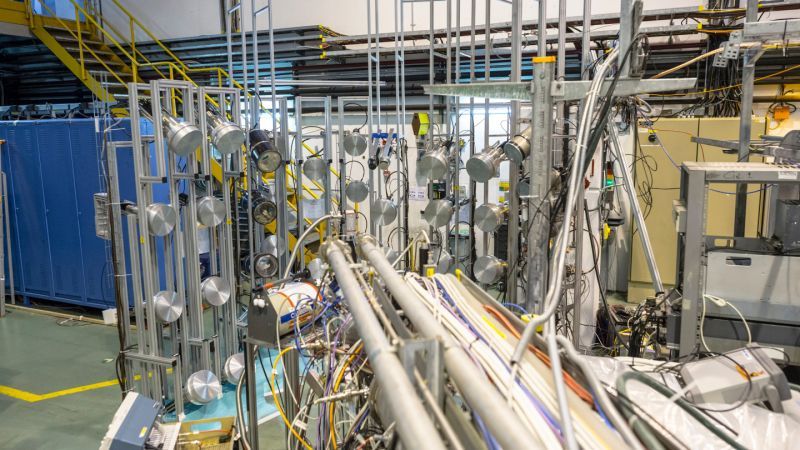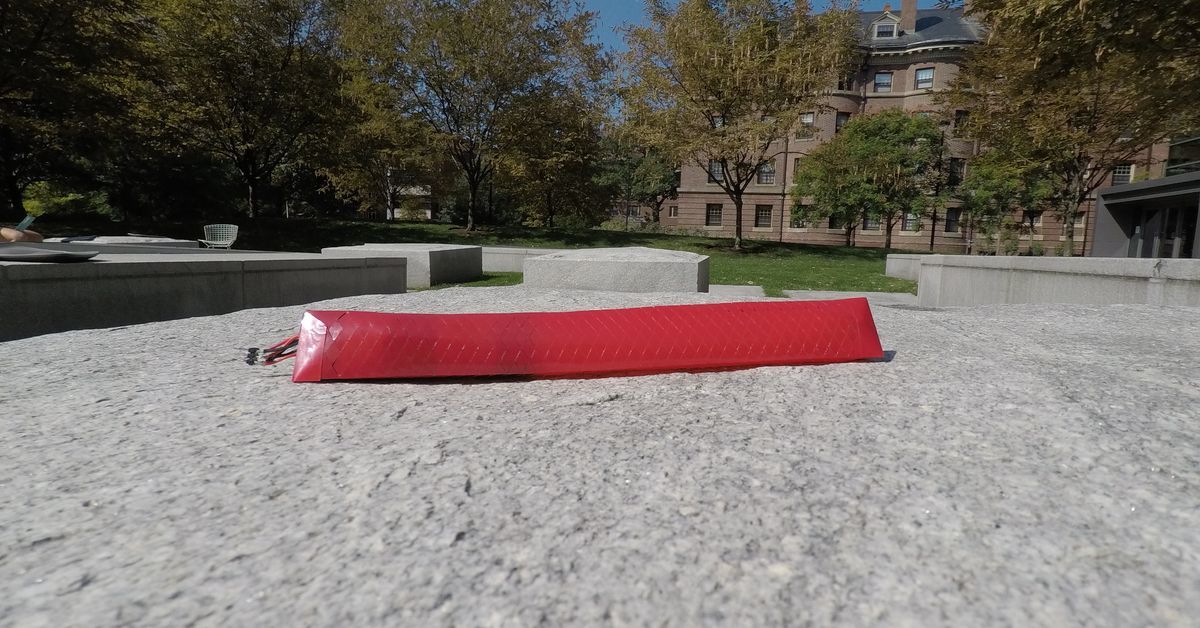Get the latest international news and world events from around the world.
Science this week
Catch up on the top stories in #science this week. References to all studies are here: surg.ws/2oeEoCj
Video by The Surg.

The Next Generation of Radio Astronomy
Last year, Irish astronomy took a leap forward with the construction of the LOFAR radio telescope in Birr, Co. Offaly. Sean Mooney, who was involved in the telescope’s construction, reports on its significance for the future of astronomy.
Last year, Birr was thrust to the forefront of astronomy. What may seem a quaint and unassuming town, Birr, Co. Offaly, is steeped in astronomical history and it has regained its scientific prominence with the construction of a new telescope.
In 1842, William Parsons, 3rd Earl of Rosse, began construction of a telescope on his estate, Birr Castle demesne, which would colloquially come to be known as The Leviathan. Not only was it the largest telescope in the world, it held this title for a staggering 72 years. This fact can be appreciated most in the current era of rapid technological improvements where the best of anything in the world holds the title for weeks rather than years before a better model comes along.

Know the Signs Programs
Research-based programs and practices to help protect children from gun violence in your homes, schools and communities.”
“People who are at-risk of hurting themselves or others often show signs and signals before an act of violence takes place. When you don’t know what to look for, it can be easy to miss signs, or dismiss them as unimportant, sometimes with tragic consequences.”
“It’s important to know that one warning sign on its own does not mean a person is planning an act of violence. But when many connected or cumulative signs are observed over a period of time, it could mean that the person is heading down a pathway towards violence or self-harm. By knowing the signs, you have the power to intervene and get help for that person. Your actions can save lives.”
Sandy Hook Promise trains students and adults to know the signs of gun violence so that no other parent experiences the senseless, horrific loss of their child. Join us.

Scientists Will Transport Antimatter in a Truck
The antimatter of science fiction vastly differs from the real-life antimatter of particle physics. The former powers spaceships or bombs, while the latter is just another particle that physicists study, one that happens to be the mirror image with the opposite charge of the more familiar particles.
Normally, scientists produce antimatter in the lab, where it stays put in an experimental apparatus for further study. But now, researchers are planning on transporting it for the first time from one lab to another in a truck for research. Elizabeth Gibney reports for Nature:
In a project that began last month, researchers will transport antimatter by truck and then use it to study the strange behaviour of rare radioactive nuclei. The work aims to provide a better understanding of fundamental processes inside atomic nuclei and to help astrophysicists to learn about the interiors of neutron stars, which contain the densest form of matter in the Universe.

For this robot, the secret to crawling is artificial snakeskin
The world is getting flooded with tiny (creepy) robots that can crawl all over the place, including your clothes. The latest one, created by scientists at Harvard University, uses artificial scaly skins to move forward — kind of like a snake.
The soft robot is just a silicone rubber tube. But what’s special about it is its skin — a thin, stretchable plastic sheet that’s been cut with a laser. The cuts, in the shape of triangles or circles, resemble the scales on the skin of snakes. When air is pumped into the tube, the robot expands and contracts, allowing the scales to pop up, anchor against the surface, and pull the robot forward. In a study published today in Science Robotics, scientists showed that the artificial snakeskins work against rough surfaces like asphalt and concrete. In the future, these robots could be scaled down and used to deliver drugs inside arteries, or in disaster situations where bots need to crawl inside narrow spaces.



Is It Time for a Transhumanist Olympics?
While the Winter Olympics are going on, here’s.
A story of mine on the dream of a future Transhumanist Olympics: https://www.huffingtonpost.com/zoltan-istvan/is-it-time-for-…77194.html #transhumanism
Oracle Team USA made a historic comeback to beat Emirates Team New Zealand in the American’s Cup in San Francisco last month. I have closely followed the sport of sail racing for over 30 years, and what astonishes me is how much faster and better the boats are today than they were three decades ago. Sailing speeds and performances have doubled in some cases.
The same cannot be said about most other major sports. Even Michael Phelps, considered by many the greatest living athlete, is only a few seconds faster than swimming world records set 30 years ago. Most sports have not allowed scientific improvements or technology upgrades to their athletes and the equipment they use. I find that disappointing.
What is on the rise in athletics, however, are multi-million dollar campaigns and testing measures designed to ensure athletes don’t cheat by using performance enhancing drugs and technologies. Some athletes even complain about undergoing TSA-like testing procedures right before their events. Does anyone else see a problem with that? Does anyone else see something anti-progressive about the state of our competitive sporting industry today?
As an advanced society full of technological wonders, perhaps it’s time we consider upgrading our idea of sports and rethinking what constitutes an exemplary athlete. Perhaps it’s time for something more modern and exciting, such as the transhuman athlete.
